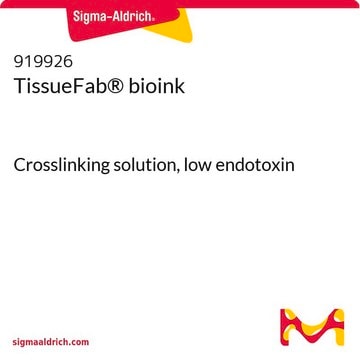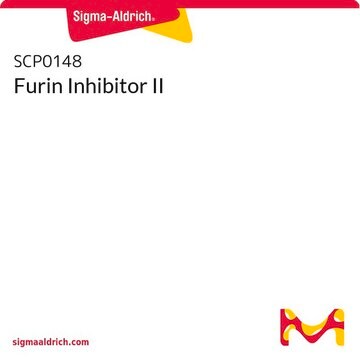A1647
Aluminum oxide
Type WB-5: Basic
Synonym(s):
Alumina
Sign Into View Organizational & Contract Pricing
All Photos(1)
About This Item
Linear Formula:
Al2O3
CAS Number:
Molecular Weight:
101.96
EC Number:
MDL number:
UNSPSC Code:
12352311
eCl@ss:
38120402
PubChem Substance ID:
Recommended Products
type
Type WB-5: Basic
form
solid
mp
2040 °C (lit.)
SMILES string
O=[Al]O[Al]=O
InChI
1S/2Al.3O
InChI key
TWNQGVIAIRXVLR-UHFFFAOYSA-N
Looking for similar products? Visit Product Comparison Guide
Other Notes
Activity Grade Super I
A -D suffix exists for administrative purposes only.
All -D packages are 100% the same product, same quality, same specification as the package sizes previously sold without a -D.
All -D packages are 100% the same product, same quality, same specification as the package sizes previously sold without a -D.
Storage Class Code
13 - Non Combustible Solids
WGK
nwg
Flash Point(F)
Not applicable
Flash Point(C)
Not applicable
Personal Protective Equipment
dust mask type N95 (US), Eyeshields, Gloves
Choose from one of the most recent versions:
Already Own This Product?
Find documentation for the products that you have recently purchased in the Document Library.
Customers Also Viewed
Yi Tian et al.
Journal of the American Chemical Society, 136(36), 12784-12793 (2014-08-19)
Organic neutral radicals have long fascinated chemists with a fundamental understanding of structure-reactivity relationships in organic reactions and with applications as new functional materials. However, the elusive nature of these radicals makes the synthesis, isolation, and characterization very challenging. In
Nemanja Danilovic et al.
Angewandte Chemie (International ed. in English), 53(51), 14016-14021 (2014-10-10)
The methods used to improve catalytic activity are well-established, however elucidating the factors that simultaneously control activity and stability is still lacking, especially for oxygen evolution reaction (OER) catalysts. Here, by studying fundamental links between the activity and stability of
Jaakko Akola et al.
Proceedings of the National Academy of Sciences of the United States of America, 110(25), 10129-10134 (2013-06-01)
Glass formation in the CaO-Al2O3 system represents an important phenomenon because it does not contain typical network-forming cations. We have produced structural models of CaO-Al2O3 glasses using combined density functional theory-reverse Monte Carlo simulations and obtained structures that reproduce experiments
Colin J Ingham et al.
Biotechnology advances, 30(5), 1089-1099 (2011-08-23)
Porous aluminum oxide (PAO) is a ceramic formed by an anodization process of pure aluminum that enables the controllable assembly of exceptionally dense and regular nanopores in a planar membrane. As a consequence, PAO has a high porosity, nanopores with
Ivan S Alferiev et al.
Biomaterials, 51, 22-29 (2015-03-17)
Nanomedicine-based strategies have the potential to improve therapeutic performance of a wide range of anticancer agents. However, the successful implementation of nanoparticulate delivery systems requires the development of adequately sized nanocarriers delivering their therapeutic cargo to the target in a
Our team of scientists has experience in all areas of research including Life Science, Material Science, Chemical Synthesis, Chromatography, Analytical and many others.
Contact Technical Service










